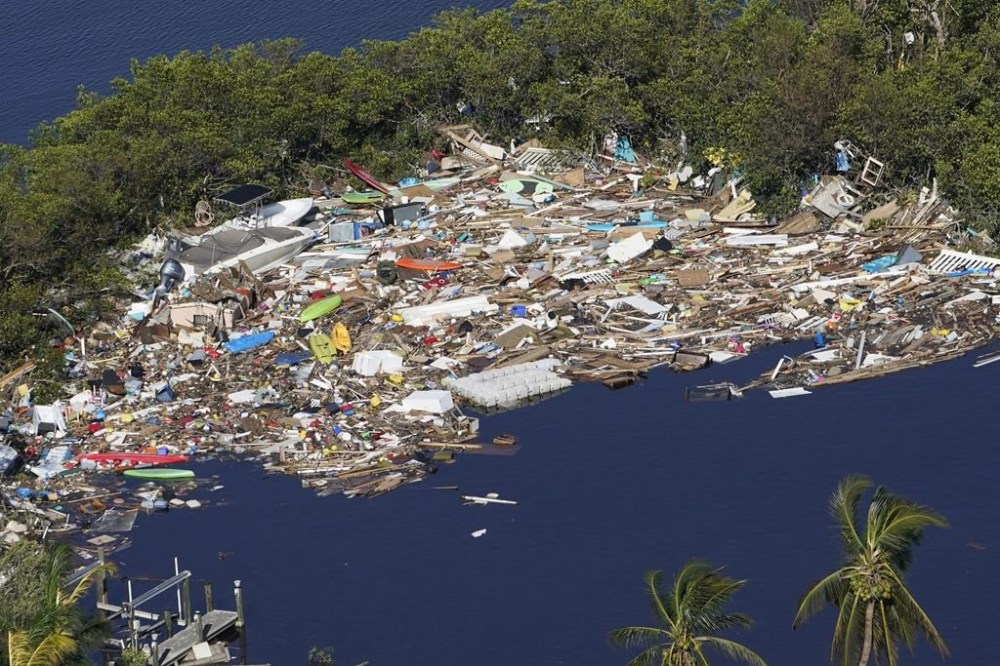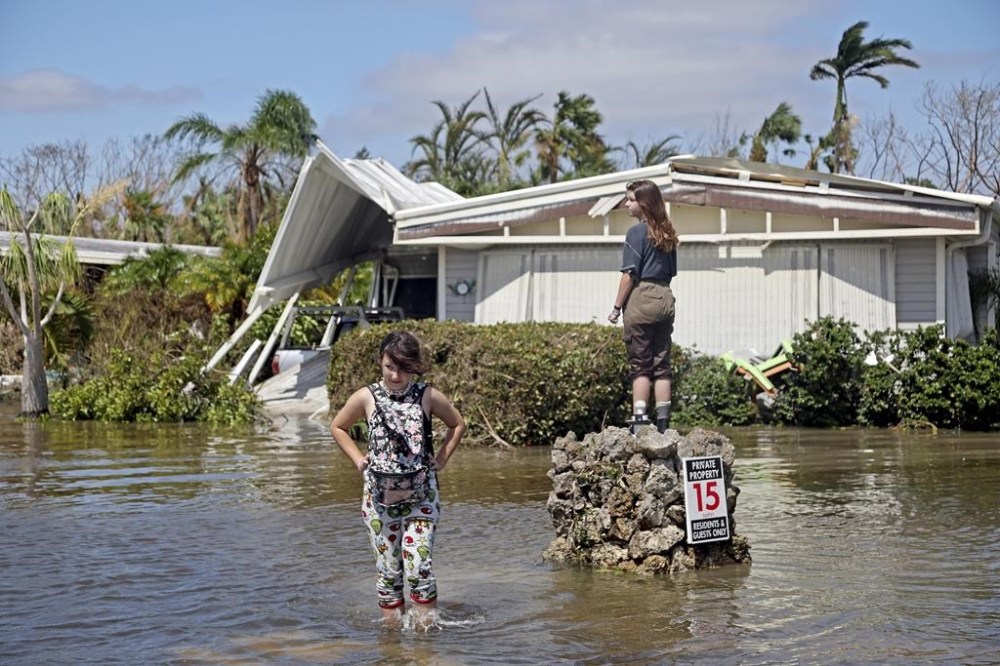Florida sees rise in flesh-eating bacteria amid Ian concerns
Advertisement
Read this article for free:
or
Already have an account? Log in here »
To continue reading, please subscribe:
Monthly Digital Subscription
$1 per week for 24 weeks*
- Enjoy unlimited reading on winnipegfreepress.com
- Read the E-Edition, our digital replica newspaper
- Access News Break, our award-winning app
- Play interactive puzzles
*Billed as $4.00 plus GST every four weeks. After 24 weeks, price increases to the regular rate of $19.00 plus GST every four weeks. Offer available to new and qualified returning subscribers only. Cancel any time.
Monthly Digital Subscription
$4.75/week*
- Enjoy unlimited reading on winnipegfreepress.com
- Read the E-Edition, our digital replica newspaper
- Access News Break, our award-winning app
- Play interactive puzzles
*Billed as $19 plus GST every four weeks. Cancel any time.
To continue reading, please subscribe:
Add Winnipeg Free Press access to your Brandon Sun subscription for only
$1 for the first 4 weeks*
*$1 will be added to your next bill. After your 4 weeks access is complete your rate will increase by $0.00 a X percent off the regular rate.
Read unlimited articles for free today:
or
Already have an account? Log in here »
Hey there, time traveller!
This article was published 19/10/2022 (1074 days ago), so information in it may no longer be current.
FORT MYERS, Fla. (AP) — Florida has seen an increase in cases of flesh-eating bacteria this year driven largely by a surge in the county hit hardest by Hurricane Ian.
The state Department of Health reports that as of Friday there have been 65 cases of vibrio vulnificus infections and 11 deaths in Florida this year. That compares with 34 cases and 10 deaths reported during all of 2021.
In Lee County, where Ian stormed ashore last month, the health department reports 29 cases this year and four deaths.

Health officials didn’t give a breakdown of how many of the cases were before or after Ian struck.
Lee County health officials earlier this month warned people that the post-hurricane environment — including warm, standing water — could pose a danger from the potentially deadly bacteria.
“Flood waters and standing waters following a hurricane pose many risks, including infectious diseases such as vibrio vulnificus,” the county health department said in a news release Oct. 3 that urged the public to take precautions.
The advisory said that people with open wounds, cuts, or scratches can be exposed to the bacteria through contact with sea water or brackish water. People with open wounds should avoid such water and seek medical care immediately if an infection is apparent.


